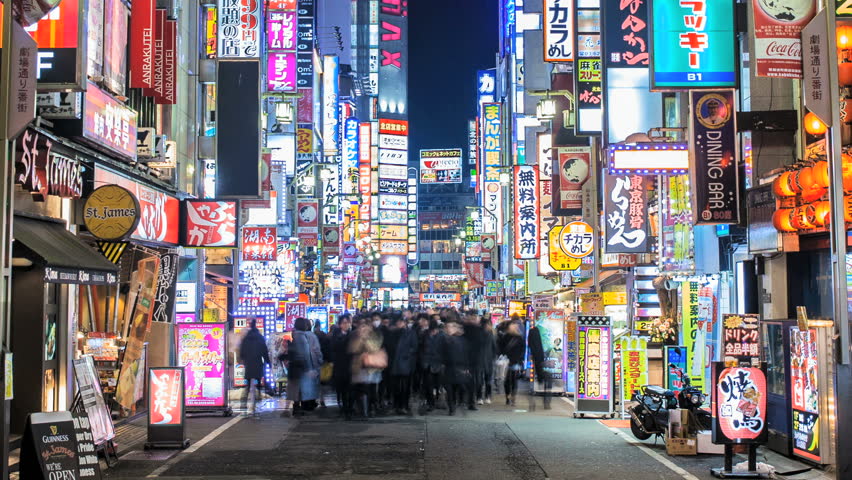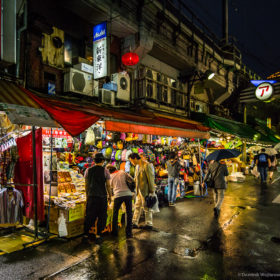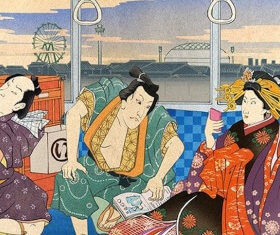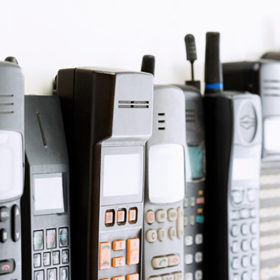In many ways – Japan is as baffling as Bill Murray’s facial expressions made it seem in Sofia Coppola’s brilliant 2003 Oscar-winner “Lost in Translation.” The sea of black suits streaming down Tokyo’s sidewalks. The young female barkers dressed Like schoolgirls outside Akihabara’s maid cafes. Multi-story towers of pachinko machines or computer games emitting ungodly noises. It truly is overwhelming.
It’s outwardly disorderly in many ways, but underneath is anything but. There are rules, both written and unwritten, that everyone seems to know and follow. Everyone, that is, except the casual visitor ….
GOOD TO KNOW THAT ..
1. You Must Remember This From The Moment You Get Off The Plane:. On Escalators, Stand On The Left And Walk On The Right It Seems Simple Enough, But This Is The Opposite Of Everywhere Else In America And Europe And Is Exceedingly Hard To And escalators are everywhere in Japan.
2. Everyone smokes. And smoking is highly restricted. But then it is not.
It’s a major digression to smoke while walking down Tokyo’s crowded sidewalks. There are designated smoking areas even out of doors. I gather that’s so people don’t get brushed by 700-degree flaming sticks on crowded sidewalks. Or have to wade through clouds of exhaust. Eating and drinking while walking is also verboten. Maybe it’s the same principal, but there are good aesthetic reasons as well. The sight of someone wolfing down a slice of pizza or burger while strolling down Fifth Avenue always makes me cringe back home.
But, curiously, people still smoke prevalently indoors. Don’t be surprised to see people smoking at the adjacent table in a restaurant. Strident anti-smokers just have to deal with it. It’s not going to kill you. That, or learn enough Japanese to ask whether the restaurant has a non-smoking section.
3. The threat of being scorched by someone’s cigarette may be lessened, but the prospect of being plowed into by a bicycle is another matter. Despite the orderliness that guides everything else in Tokyo, bikes get a free reign on just about all the city sidewalks. But just try to ride a cycle into some of the many parks and you will be met by a yellow-gloved guardian in a blue suit with a stern face and and a wagging finger. Those gorgeous, wide sidewalks winding beneath exploding cherry trees have to be enjoyed on foot instead of bicycle.
4. Tipping is a no-no. It’s insulting. And it actually makes for a less stressful dining experience. Grappling with gratuity in strange surroundings is always off-putting anyway. Despite this, service is spectacular. A cry for “sumimasen” never failed to attract a polite server in any restaurant we entered over the course of several days.
5. There aren’t any trash cans around, so if you generate much in the way of rubbish over the course of wandering then be prepared to lug it around. Despite this, the city sidewalks are relatively spotless. Never did figure that one out.
6. One doesn’t hand money directly to cashiers in either restaurants or retail outlets in Tokyo. There is always a small tray near the register into which the money is placed and any change will be deposited for you to retrieve. If you are faced with the prospect of handing anything of value directly to someone (a credit card, for example, or a business card), clutch the item with both hands and deliver with it a subtle nod. It’s actually dignified. It demonstrates that both parties are exchanging something of value and they respect both the item and each other enough to entrust it to the other.
7. Eating and drinking on trains — wholesale picnics, in fact — is perfectly acceptable on the marvels of modern travel that are the shinkansen, the famed bullet trains. Loudly yammering on one’s phone, however, is not. Every car is a quiet car in Japan, and one rarely even hears the chimes or wretched techno ringtones of mobile telephony on either the long-distance trains or the subways in Tokyo. Most people seem to keep them on vibrate. Those who must take calls on the shinkansen usually do so in the depopulated zones between cars.
8. Agoraphobes should probably avoid Tokyo subways, especially during the rush hours, and stick to taxis (but be prepared to take out a second mortgage when you get home to pay for those taxis). One will get pushed around on subways. Count on it, and expect to have to do the same yourself if you plan on getting anywhere. There are, as always, rules, though. Only push gently when you have to, and never with your hands — only your body. Remove backpacks and clutch handbags close to the body to make yourself as small as possible and learn the most useful phrase in the Japanese language: “sumimasen,” or “excuse me.” The same “sumimasen” you use to summon waiters in restaurants.
As always, a caveat to this rule: the shinkansen. People waiting for the bullet trains queue in orderly lines while impeccably attired cleaners, down to the white gloves, sweep each car during turnarounds.
9. And, lastly, more of a handy tip than a rule. Tokyo department stores have the most magnificent food halls I have encountered in the world. Better even than Harrod’s and the grand magasins of Paris. Anything and everything is available and displayed in the most lavish fashion possible. This is the land of those mythical hundred-dollar melons. And they do actually exist. At one depachika (literally, “department store basement”), as they are known, in Shinjuku we found a pair of muskmelons wrapped in tissue and boxed, offered for the tidy sum of 16,800 yen, or about US$170.
And some, at a rack rate in the $ 12 to $ 13 each range, are not that expensive by local standards. An even better deal We wandered into one at closing time and fought through throngs of young awaits those who visit the food halls at the end of the day, however. Office workers snatching up everything they could not get hands on.
Grab a bento and pick a bench near a busy intersection and watch the busiest city in the world go about its business in a fashion that is orderly beyond belief considering you are in the middle of the largest City on the planet …








